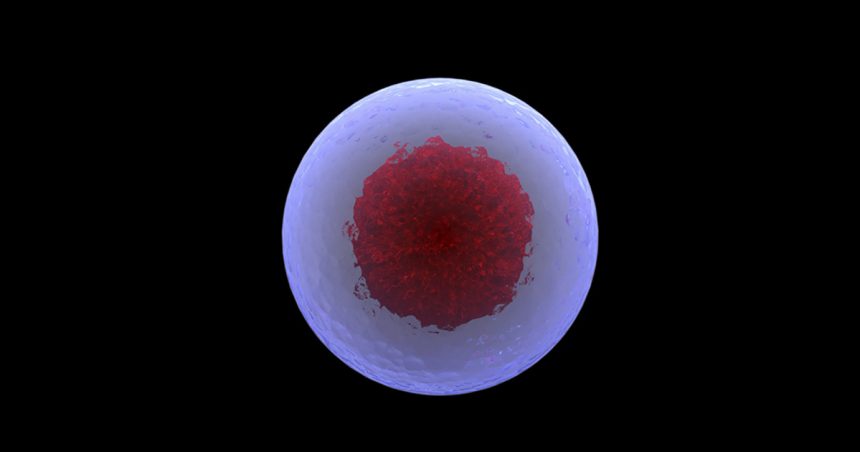Recent studies have revealed a groundbreaking type of smart stem cell, the Induced Multipotent Stem Cell (iMS), which represents a significant advancement in regenerative medicine. Developed from human fat cells through research led by UNSW Sydney, these cells have shown remarkable transformative and adaptive abilities in animal studies.
According to Professor John Pimanda from UNSW Medicine & Health, iMS cells can effectively respond to their environment to repair damaged tissues. This unique capacity suggests a potential shift in stem cell research and therapy.
Through exposure to a specific compound mixture, human fat cells were reprogrammed into iMS cells that behave like intelligent stem cells. When injected into mice, these cells lay dormant until an injury occurs, at which point they adapt and transform into the required tissue for repair.
iMS Cells: The Adaptive ‘Chameleons’ of Regenerative Medicine
iMS cells exhibit chameleon-like behavior, responding to local cues to seamlessly integrate into tissues in need of healing. This unique trait sets them apart from other stem cells, which are limited in their regenerative abilities or carry risks like tumor development.
Derived from adult tissues, iMS cells show no signs of unwanted tissue growth and can adapt to a variety of tissue types in mice, making them a type of “smart stem cell.” Additionally, they are patient-specific, reducing the risk of rejection.
Reprogramming Adipocytes into Smart Stem Cells
The reprogramming of adipocytes into iMS cells involved the use of azacitidine and a growth factor that stimulates cell growth and repair. Within three and a half weeks, the fat cells lost their identity and lipid content, becoming smart stem cells.
The protocol includes incubating a patient’s fat cells with the compound or using a mini pump near the area needing repair to create new, intelligent stem cells.
Future Perspectives: From Mice to Humans
Translating these findings into human therapies will require further research, preclinical studies, and clinical trials to ensure safety and efficacy. This process may take up to 15 years due to challenges in medical research.
While similar to adipose tissue-derived stem cells, iMS cells demonstrate context-dependent regenerative capacity without unwanted tissue growth. This discovery opens new possibilities in regenerative medicine.
The development of iMS cells from a patient’s own tissue offers a promising future in healing potential. This breakthrough could revolutionize regenerative medicine and provide personalized treatments for various conditions.
Sources
- “Scientists are a step closer to developing ‘smart’ stem cells – and they’re made from human fat.” Newsroom. Sherry Landow. January 14, 2021.
- “Induction of muscle-regenerative multipotent stem cells from human adipocytes by PDGF-AB and 5-azacytidine.” Science Advances. Avani Yeola, et al. January 13, 2021.






